SUNDAY JOINT, 5-21-2023: TACTICAL RETREAT – SURFING AND THE MILITARY GO THEIR SEPARATE WAYS
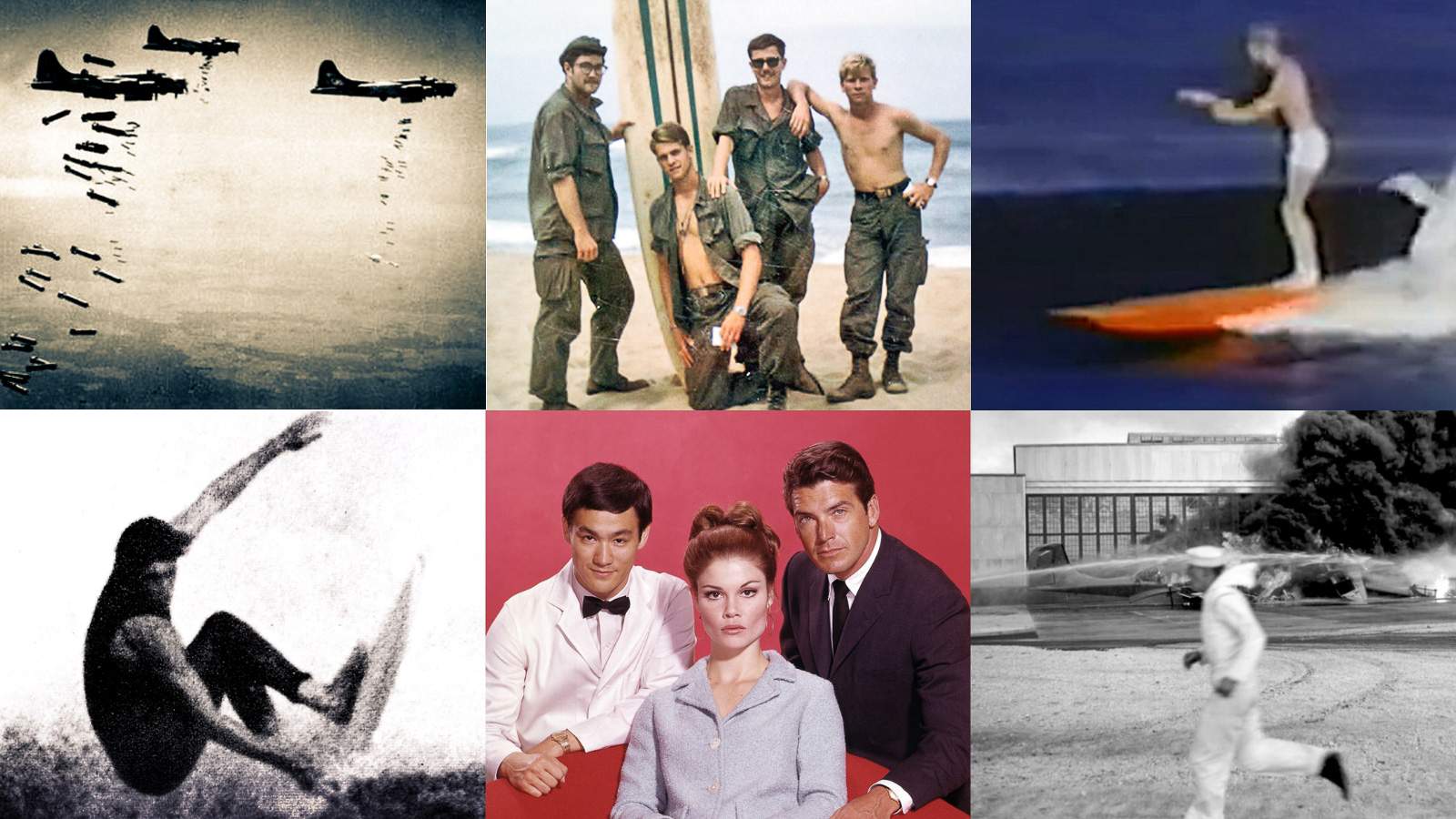
Hey All,
If the only thing you remember about Bondi surf legend Bluey Mayes, as described in a recent Joint, is a flame-haired barrel-chested pug screaming “Outta me fuckin’ way, ya goose!” whvuile riding a 16-foot toothpick through the lineup like Major TJ Kong rodeo-nuking the Russians—understandable, that is the Bluey money shot for sure.
But between the part on Mayes’ EOS page where a friend calls him a “big flavorsome bastard” and Bluey's own cheerful admission that he went on the dole to free up more time to chase waves, is the less-flamboyant fact that during World War II he dutifully served two years in the Royal Australian Navy. (What am I saying, Mayes' service was flamboyant as hell; he shipped out with the Australian Merchant Navy, landed in London, signed up with the US Merchant Marines and somehow wound up a Petty Officer in the US Navy.)
Few surfers from that age didn't serve. Woody Brown (conscientious objector) and Bob Simmons (4-F from any angle) come to mind, but that’s about it. “During the war,” as surf historian Malcolm Gault-Williams later noted, the beach was left to “kids, vagabonds, and civilians who worked in defense-related jobs.” Duke Kahanamoku himself called the five-year period between Pearl Harbor to VE Day “a vacuum for surfing.”

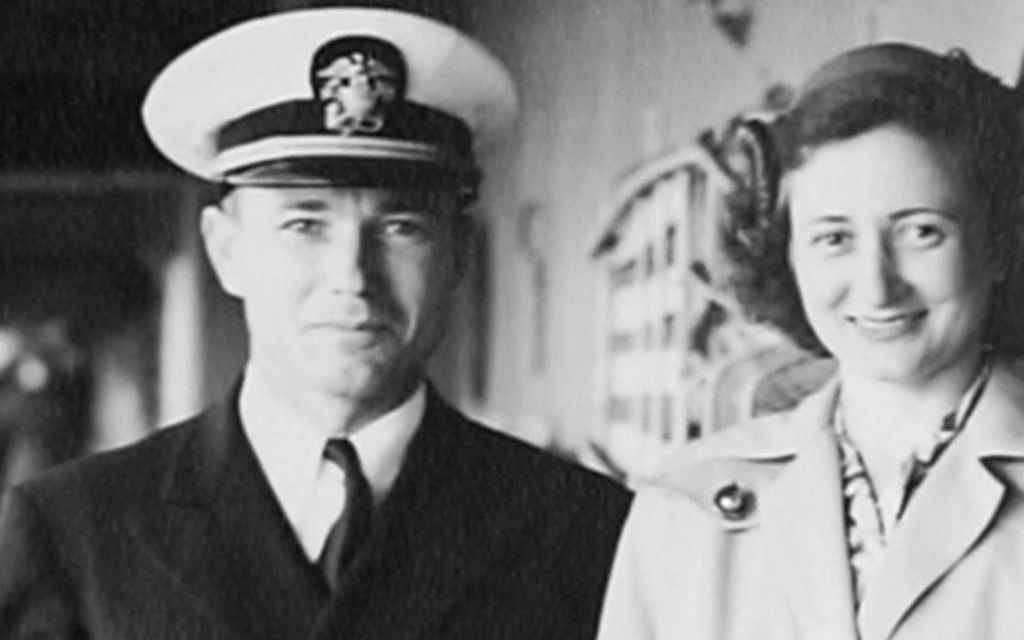
Vietnam was a different story. Surfers shipped out and fought, yes, but there was no mad rush to the local recruiting office on that one, just the opposite in fact, as a lot of people did everything they could to not serve, Wayne Lynch and Mark Martinson being two high-profile examples. In some ways, the two wars were similar. A never-tallied number of surfers were killed or injured in both, while others fell into the PTSD hole. But Vietnam added a moral twist to the whole awful equation—the war was hard or impossible to justify, to explain, to game out—and the Nixon-era GI Bill was scraps compared to the buffet of benefits WWII vets were offered.
By whatever reckoning you choose, from the early 1940s to the early 1970s nearly every surfer in the world was shaped to some degree by the military: you were in the service or ex-service; from a military family; worried about having to serve, plotting your way out of serving, on the lam for not serving—the variations were plentiful and pretty much inescapable.
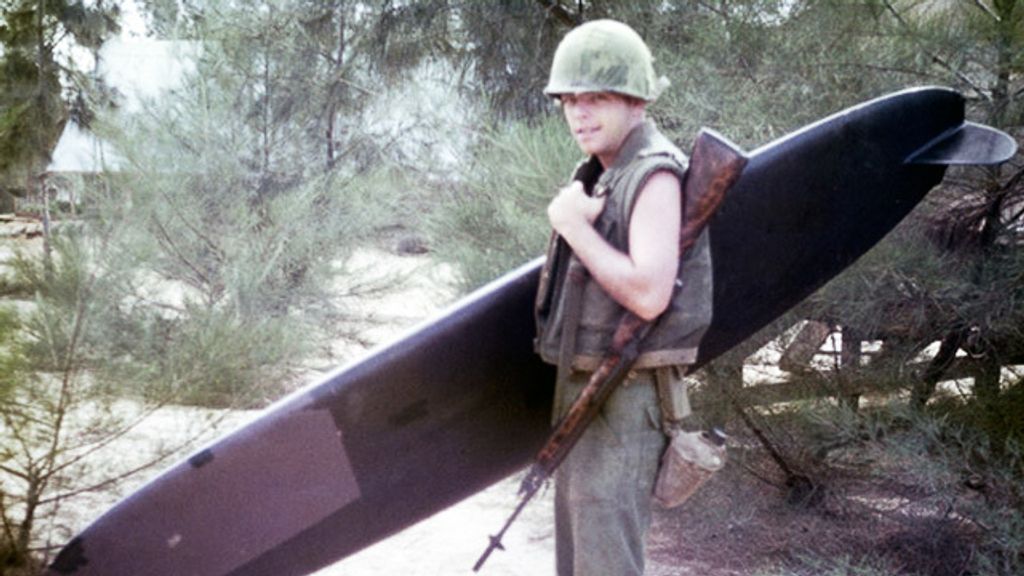
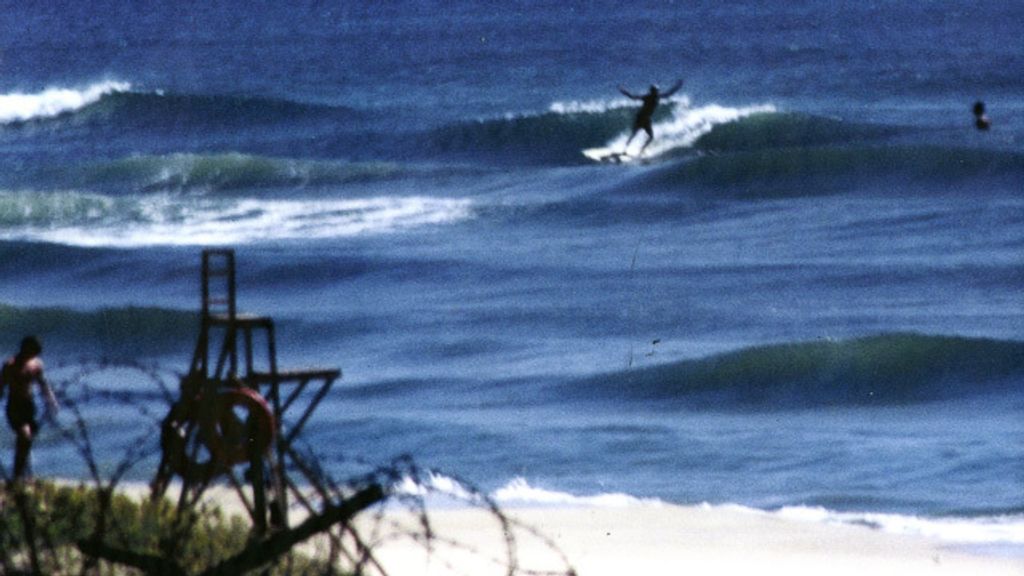
This changed almost overnight with the end of military conscription in America and Australia—1973 and 1972, respectively—at which point the overlap between surfing and the military shrank by, I’ll just throw a guess out there, 95%. (South Africa was a different story.) This is a more complicated topic than anybody wants to take on in the middle of a read-and-delete surfing email newsletter but, in short, compared to World War II, military service over the decades went from something you entered from a sense of duty to something you did as a career stepping stone. Closer to home, surfers got richer while the kids in the barracks got poorer.
Still shooting from the hip, but I’m guessing that by 2020 you’d run through a hundred WSL competitors, Surf100 rippers, vloggers and kooks, never mind the small army of sun-kissed Malibu VIPs, before finding anybody with a really strong connection to the military.
I have arrived at the end of this Joint without having a real point—although, if we can bend the topic slightly, I’d vote all day long for non-military national service and I’ll go CCC on those hiking trails myself if they’ll take a semi-fit and willing sexagenarian and his helpmeet Nespresso machine.
Thanks for reading, and see you next week.
Matt
PS: Between the Lines is an excellent 2008 documentary on surfing and Vietnam, told from the perspective of those who went and those who did not. Related, here is a short edit on the wartime R&R surf scene at China Beach.
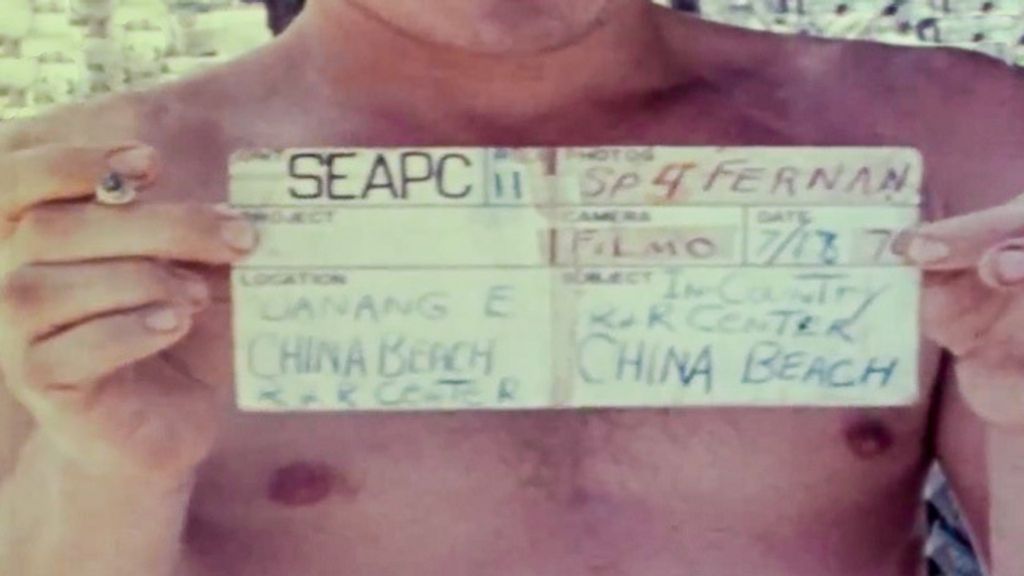
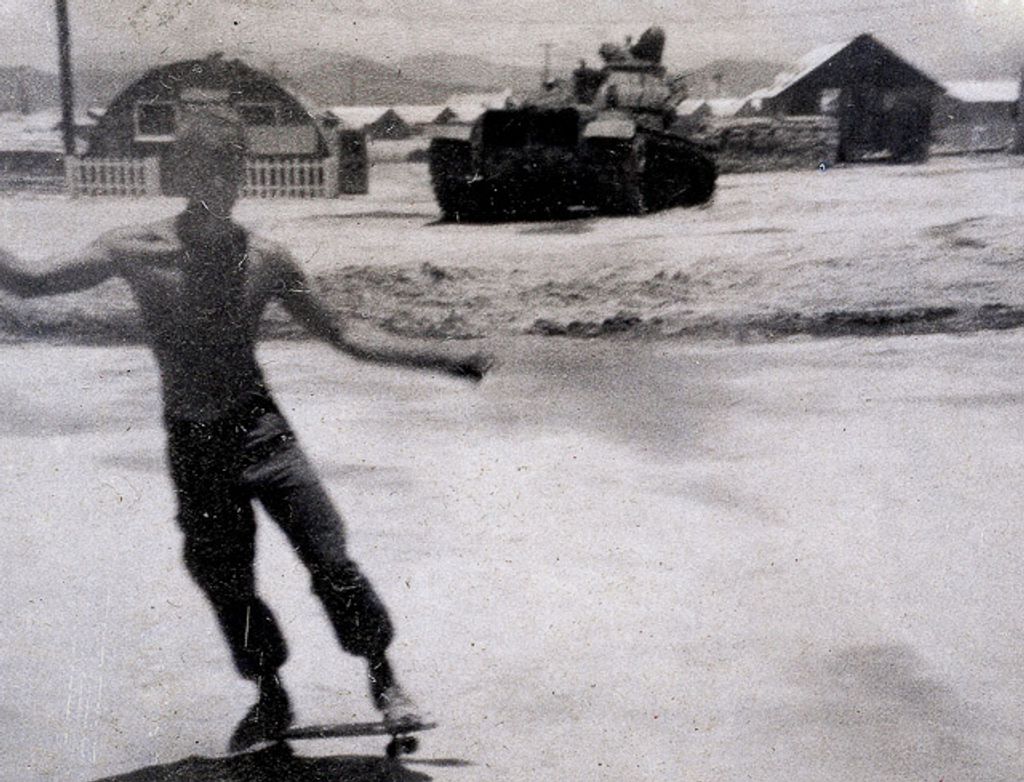
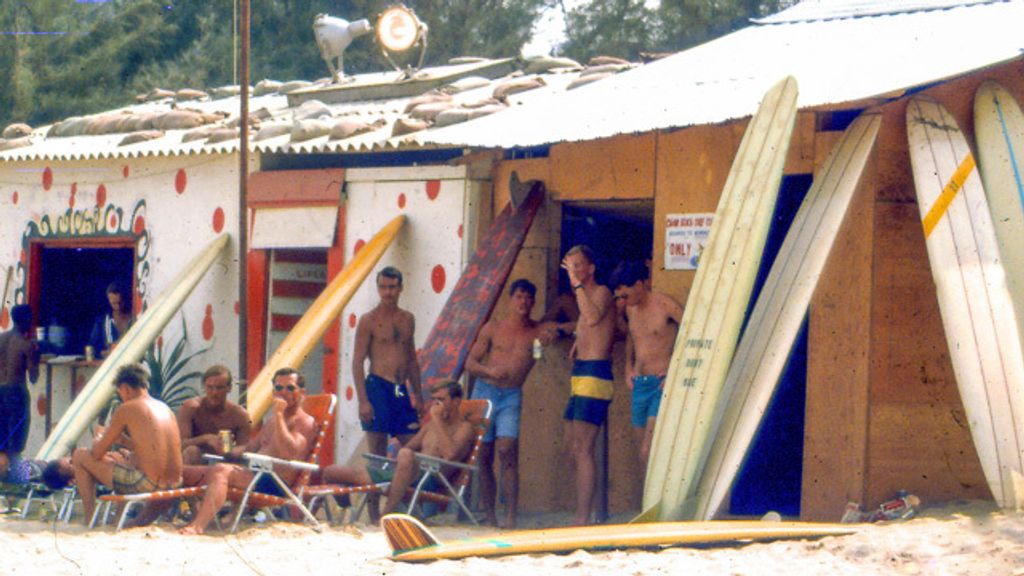
PS: We're talking about the military here because somebody tagged me on an Instagram post featuring actress-model Wende Wagner surrounded by an exquisite Candyland display of 1965 Con surfboards. I’d never heard of Wagner (or the photographer, Orlando Suero; quite the portfolio on that guy), but soon learned that she was the daughter of a Navy commander, went to high school in San Diego, and played Lenore Case, secretary to undercover superhero Britt Reid in the one-season-and-done 1966 Green Hornet TV series. That’s her, below, putting shoe leather to the jaw of Bruce Lee, who played Kato, Reid’s chauffeur, on the show. Wagner later was married to Ride the Wild Surf bully James Mitchum, roomed with Sharon Tate and, as a high school friend later recalled, “lived in an awfully fast lane.” She died in 1997, at age 55.
The best part of the Wende Wagner story is her near-discovery in 1958, during an on-location Coronado Beach shoot for Some Like it Hot. Wende and some pals were out surfing. Director Billy Wilder himself took notice of her and requested a screen test, right away. Wagner’s parents said no, and if I’ve read correctly between the lines of this article, Wende, age 17, responded by decamping to the North Shore with the Coronado gang for an extended surf vacation. Here she is with boyfriend Tom Carlin doing a morning surf check in the most Camelot surf photo ever taken. For better and worse, the Navy brat was no longer taking orders.
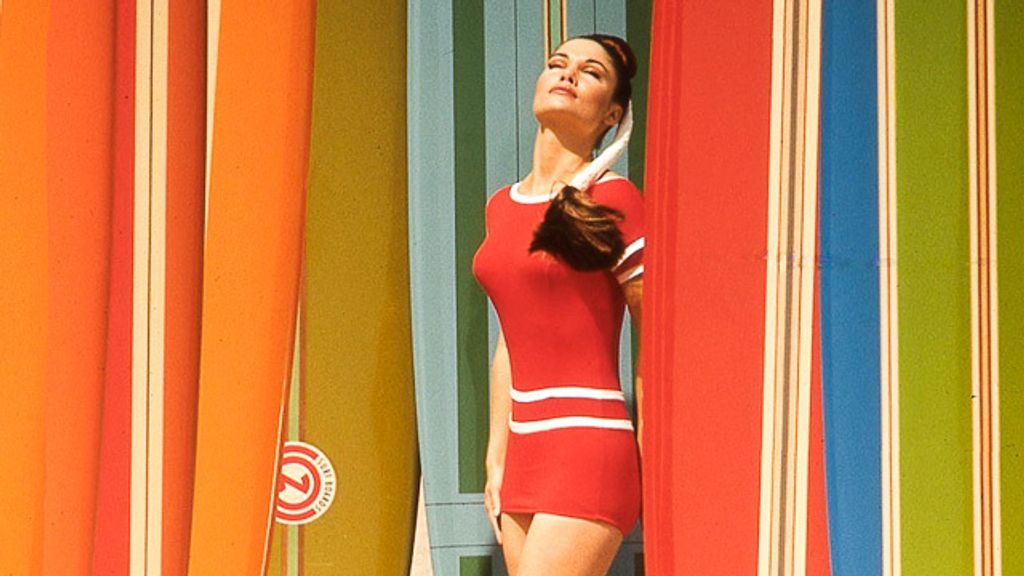
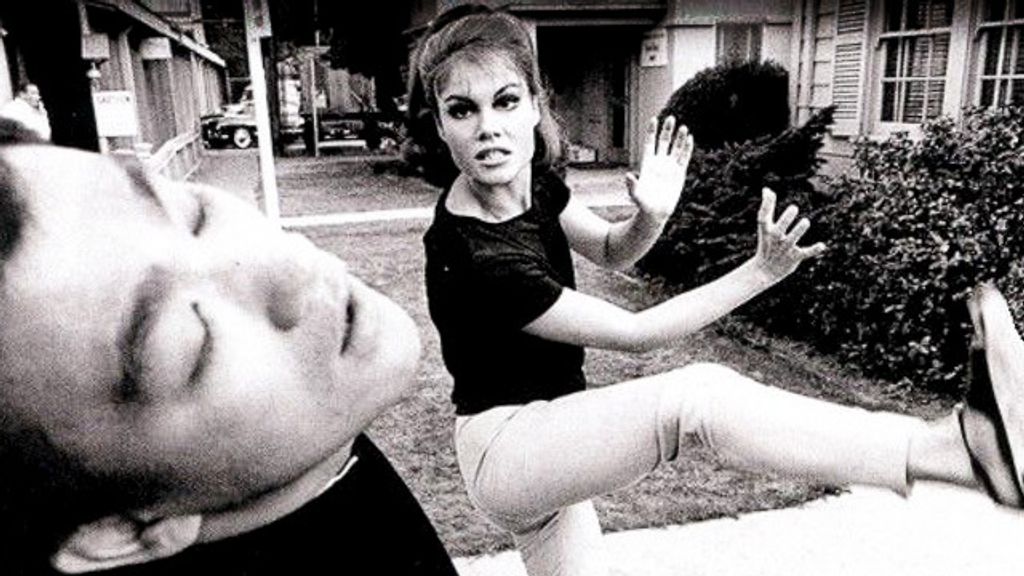

[Photo grid, clockwise from top left: World War II bombers; China Beach R&R, late 1960s; hollow-board rider at Malibu; sailor running during Pearl Harbor attack; Green Hornet cast, including Bruce Lee, left, and Wende Wagner, center; Wayne Lynch somewhere not in Vietnam. Duke Kahanamoku knitting scarf for World War I war effort. Surf photographer and US Coast Guard officer John “Doc” Ball, around 1945. American surfer in Vietnam, late 1960s. Surfing at China Beach, 1972. R&R pass. Skating at China Beach. China Beach surf club. Wende Wagner with Con Surfboards, photo by Orlando Suero. Wagner and Bruce Lee fighting in Green Hornet. Wagner and Tom Carlin, photo by Bev Morgan]
[A slightly different version of this Sunday Joint was originally posted on November 14, 2021]